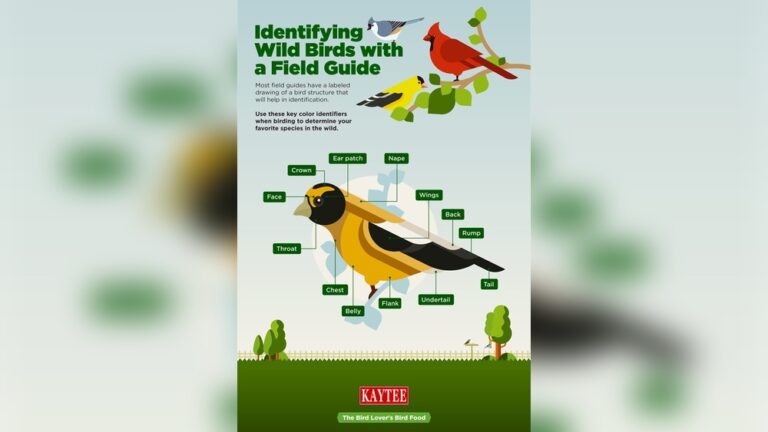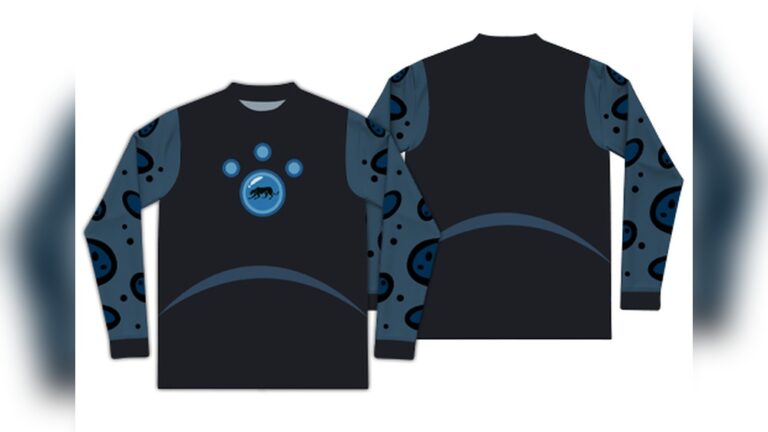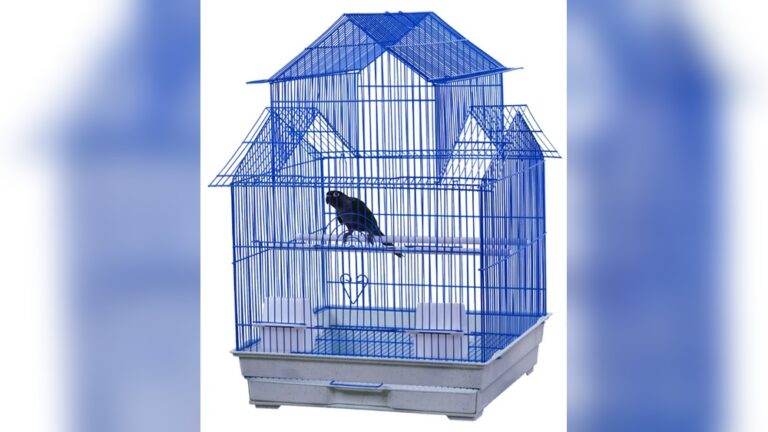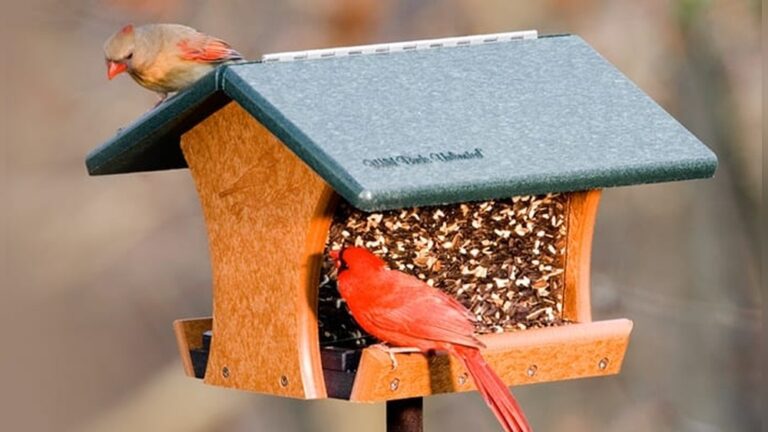Most Rare Bird In North America
Have you ever wondered which bird in North America is so rare that spotting it feels like winning a secret lottery? Imagine being one of the few lucky people to witness a creature almost invisible to most.
This bird isn’t just rare because it’s hard to find—it carries stories of survival, mystery, and beauty that will captivate your curiosity. If you want to know what makes this bird so special and why it matters to you and the environment, keep reading.
Your chance to discover the most rare bird in North America starts here.
Top Rare Birds In North America
North America is home to many bird species. Some are common, while others are rare and hard to find. These rare birds attract bird watchers and nature lovers. They show the diversity and beauty of the continent’s wildlife.
Discovering rare birds can be exciting. It helps protect these special species and their habitats. Understanding what makes a bird rare is the first step to appreciating them more.
Criteria For Rarity
Bird rarity depends on several factors. One is the population size. Birds with very few individuals are rare. Another factor is habitat range. Birds living in small or isolated areas are harder to find.
Some birds are rare because of migration patterns. They appear only in certain places at certain times. Others are rare due to threats like habitat loss or hunting. These risks reduce their numbers and make sightings special.
Notable Species
The Whooping Crane is one of the rarest in North America. It has a small population and limited breeding areas. Watching one is a rare and special event.
The California Condor is another rare bird. It almost went extinct but has slowly recovered. Its large size and soaring flight make it unique and awe-inspiring.
The Kirtland’s Warbler lives in only a few places. It depends on young jack pine forests, which are rare. Bird watchers travel far to see this colorful songbird.
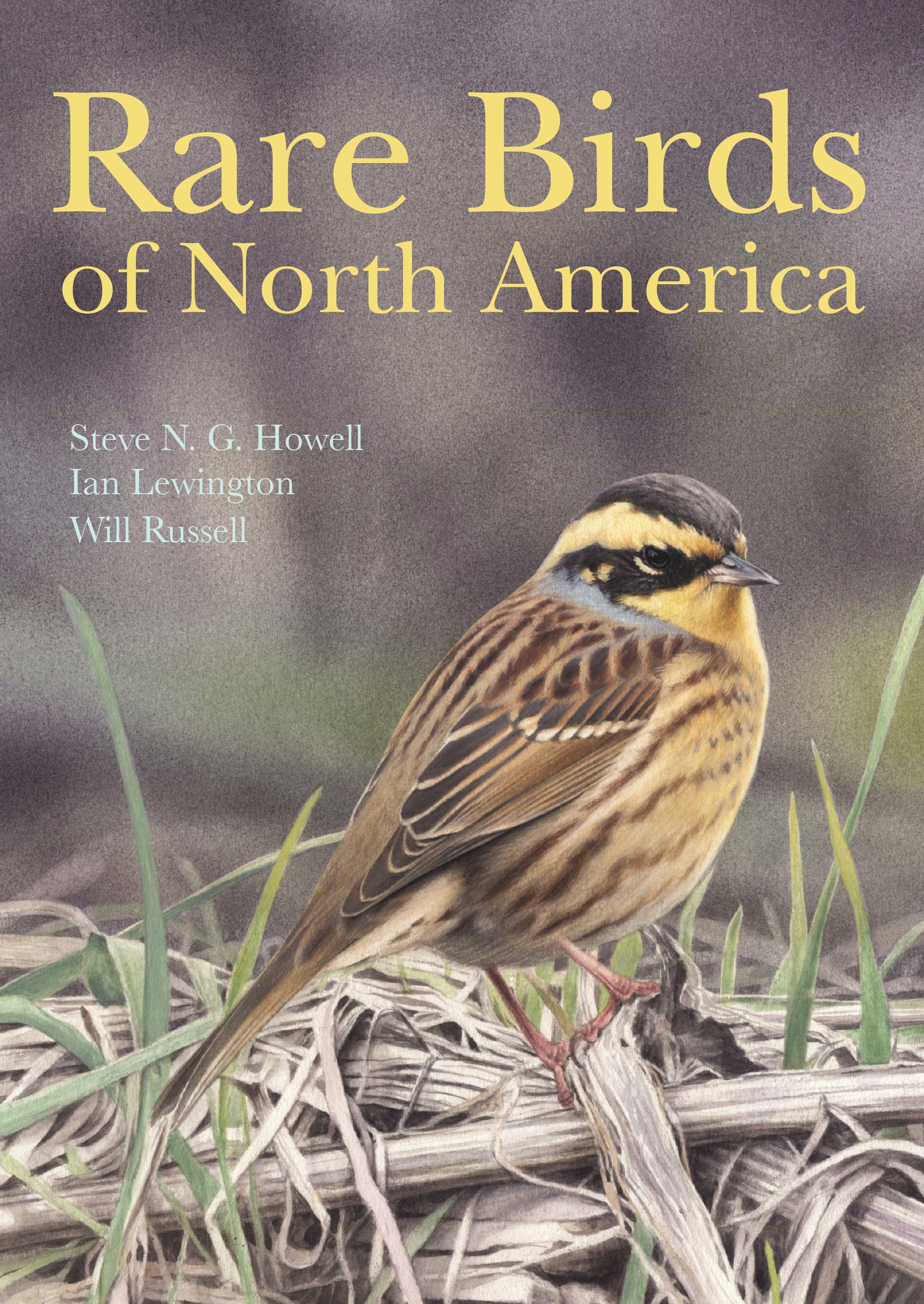
Credit: press.princeton.edu
The Ivory-billed Woodpecker
The Ivory-billed Woodpecker is one of the rarest birds in North America. Known for its striking black and white feathers and large size, it once roamed vast forests. Its mysterious disappearance has made it a symbol of conservation challenges. Many bird lovers dream of seeing this elusive species.
Historical Range And Habitat
The Ivory-billed Woodpecker lived in the southeastern United States. It preferred old-growth hardwood forests and swamps. These areas provided plenty of dead trees for nesting and food. The bird’s range included states like Arkansas, Louisiana, and Florida. It needed large, continuous forests to survive.
Reasons For Decline
Logging was the main cause of the Ivory-billed Woodpecker’s decline. Cutting down old trees destroyed its habitat. Hunting also contributed to its decrease in numbers. The bird’s slow reproduction made recovery hard. By the mid-20th century, sightings became very rare.
Efforts To Locate
Scientists and bird watchers have searched for the Ivory-billed Woodpecker for decades. They use audio recordings and trail cameras to detect it. Reports of sightings sometimes spark hope but lack strong proof. Conservation groups protect possible habitats to help the species. The search continues, keeping the bird’s memory alive.
California Condor
The California Condor is one of the rarest birds in North America. It is a giant bird with a wingspan up to 10 feet. This bird is known for its bald head and large size. It once faced near extinction but has seen hope through conservation efforts.
These birds are scavengers. They help keep the environment clean by eating dead animals. Their slow reproduction rate made their survival very difficult.
Population Recovery
In the 1980s, only 27 California Condors were left in the wild. Conservationists captured them to start a breeding program. The birds were bred in captivity and released back into the wild. Now, more than 500 condors live in the wild and captivity combined.
This recovery shows the power of careful planning and dedication. It took many years of work to bring the condor back from the edge.
Conservation Strategies
Scientists track condors using radio and GPS tags. This helps monitor their health and movement. They provide safe feeding areas to protect condors from poisons. Lead poisoning from hunting remains a big threat. Efforts continue to reduce this risk by promoting lead-free ammunition.
Education programs inform people about the condor’s role in nature. Laws protect their habitat and prevent harmful activities. These strategies work together to support the condor’s survival.
Current Status
The California Condor population is still fragile but growing. Wild populations exist in California, Arizona, Utah, and Baja California. Breeding programs continue to add new birds to the wild. Conservationists remain alert to threats like poisoning and habitat loss.
This bird symbolizes hope and success in wildlife conservation. It reminds us that careful actions can save even the rarest species.
Kirtland’s Warbler
The Kirtland’s Warbler is one of the rarest birds in North America. It is a small songbird known for its bright yellow chest and unique singing. This bird has a very limited range and specific needs for survival. It is a true symbol of conservation efforts.
Breeding Grounds
Kirtland’s Warblers breed mainly in young jack pine forests. These areas are mostly found in Michigan. The birds need forests that are 5 to 20 years old. This young forest provides the right cover and food. They also nest on the ground, hidden among the pines.
Habitat Requirements
This bird needs open pine forests with sparse trees. The jack pine must be young and dense enough for nesting. They avoid areas with tall, mature trees. The warbler also needs a good supply of insects. Clean water nearby helps support the insect population. These conditions are rare and hard to find.
Conservation Success
The Kirtland’s Warbler was once close to extinction. Loss of habitat and cowbird parasitism caused its decline. Conservation programs began in the 1970s. They focused on protecting habitat and controlling cowbirds. Today, the population has grown steadily. The bird is still rare but no longer endangered. This success shows how focused efforts can help nature.
Challenges Facing Rare Birds
Rare birds in North America face many challenges. These challenges make their survival difficult. Protecting these birds needs a clear understanding of these threats.
Many rare birds depend on specific places to live and breed. Any change can put their existence at risk. Let’s explore the main challenges they face today.
Habitat Loss
Habitat loss is the biggest threat to rare birds. Forests, wetlands, and grasslands are disappearing fast. Humans build cities and farms on these lands. Birds lose their homes and food sources. Without safe places to nest, their numbers drop.
Climate Change Impact
Climate change changes weather patterns and seasons. Rare birds may find food scarce or breeding times off. Some birds must move to new areas, but new homes are not always safe. Extreme weather, like storms and heat, can kill young birds. This slows down population growth.
Human Disturbance
Human activities often disturb rare birds during critical times. Noise from traffic and construction can scare birds away. People walking near nests cause stress or abandonment. Hunting and pollution also harm these fragile populations. Careful behavior near bird habitats is essential.
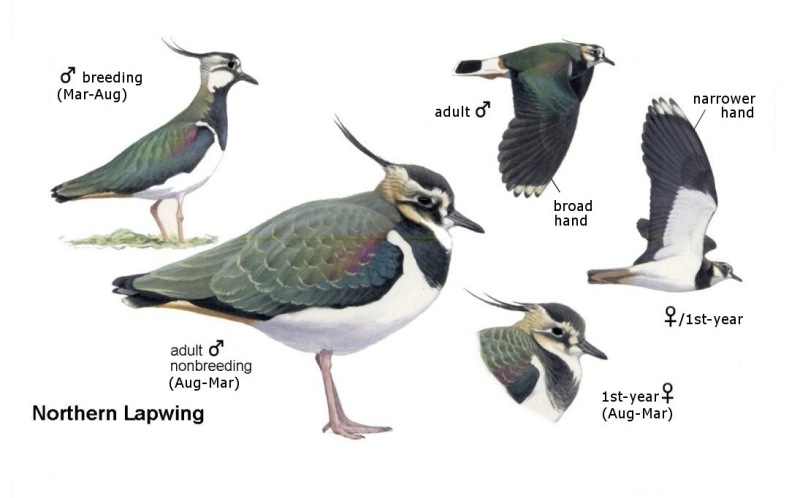
Credit: www.ian-lewington.co.uk
How To Help Protect Rare Birds
Protecting rare birds in North America needs action from many people. Each person can help these birds survive and grow their numbers. Small steps make a big difference in saving rare species.
Learning how to protect these birds is important. It helps keep nature alive and beautiful. Here are some easy ways to help rare birds in your area.
Supporting Conservation Groups
Many groups work hard to save rare birds. They protect birds’ homes and study their habits. You can support these groups by donating money or time. Volunteering helps them do more work. Sharing their message helps raise awareness too.
Promoting Habitat Preservation
Birds need safe places to live and find food. Protecting forests, wetlands, and grasslands keeps bird homes safe. Avoid cutting trees or building on bird habitats. Plant native trees and flowers to give birds food and shelter. Clean up trash to keep habitats healthy.
Responsible Birdwatching
Watching birds is fun and helps people care for them. Keep a safe distance to avoid scaring birds. Use binoculars to see them clearly. Stay on marked trails to protect nests and plants. Never feed wild birds, as it can harm them.
:max_bytes(150000):strip_icc()/GettyImages-142567714-581fc1d329244f2ca9f80c33a1f0c6d9.jpg)
Credit: www.treehugger.com
How Smart Pets Lover Can Help You with Most Rare Bird In North America
Learning from the Most Rare Birds in North America
Understanding the stories of the Ivory-billed Woodpecker, California Condor, and Kirtland’s Warbler offers more than just fascinating facts—it opens doors to meaningful learning experiences. As you explore these rare birds, consider how their challenges highlight the importance of habitat preservation and species protection. For pet parents and bird enthusiasts alike, observing these birds can deepen your appreciation for wildlife and inspire responsible stewardship.
Engaging with local birdwatching groups or participating in conservation programs provides hands-on insight into the delicate balance these rare species depend on. Resources shared by experts, including those at Smart Pets Lover, encourage a compassionate approach to caring not just for pets but all animals. If you’re eager to learn more or get involved, organizations like the Audubon Society offer valuable information and support.
Remember, every small action—whether planting native trees or supporting bird-friendly habitats—can contribute to a future where these rare birds thrive. Connecting emotionally with their stories helps us all become better caretakers of the natural world around us.
Frequently Asked Questions
What Is The Rarest Bird In North America?
The rarest bird in North America is the California Condor. It has a very small population due to habitat loss and poisoning. Conservation efforts have helped increase its numbers, but it remains critically endangered.
Why Is The California Condor So Rare?
The California Condor is rare because of habitat destruction and lead poisoning. These factors drastically reduced their population in the 20th century. Intensive breeding programs have helped, but their numbers remain low.
Where Can You Spot The Rarest North American Bird?
You can spot the California Condor mainly in California, Arizona, and Utah. They inhabit rocky canyons and mountainous regions. Wildlife reserves and national parks often offer the best viewing opportunities.
How Are Conservationists Protecting Rare North American Birds?
Conservationists protect rare birds through breeding programs, habitat restoration, and reducing poisoning risks. They also monitor populations and educate the public. These efforts help stabilize and grow endangered bird populations.
Conclusion
The rare birds of North America remind us of nature’s beauty. They live in few places, making them special to see. Protecting their homes helps keep their numbers safe. Watching these birds teaches us patience and care. Every small effort counts in saving these unique creatures.
Let’s appreciate and protect these rare birds together. Their survival depends on our actions today. Nature’s wonders need our respect and help. Keep learning and sharing about these rare birds. The more we know, the better we protect.

